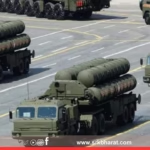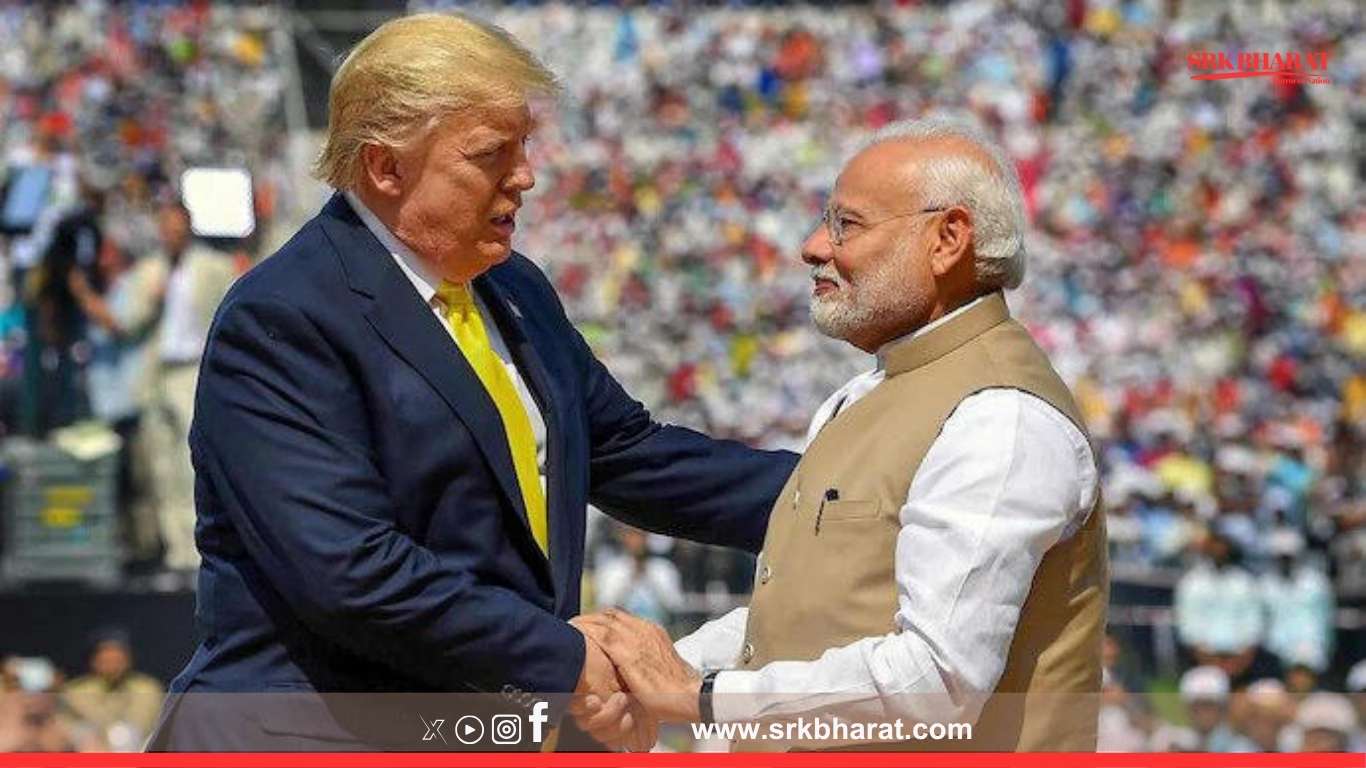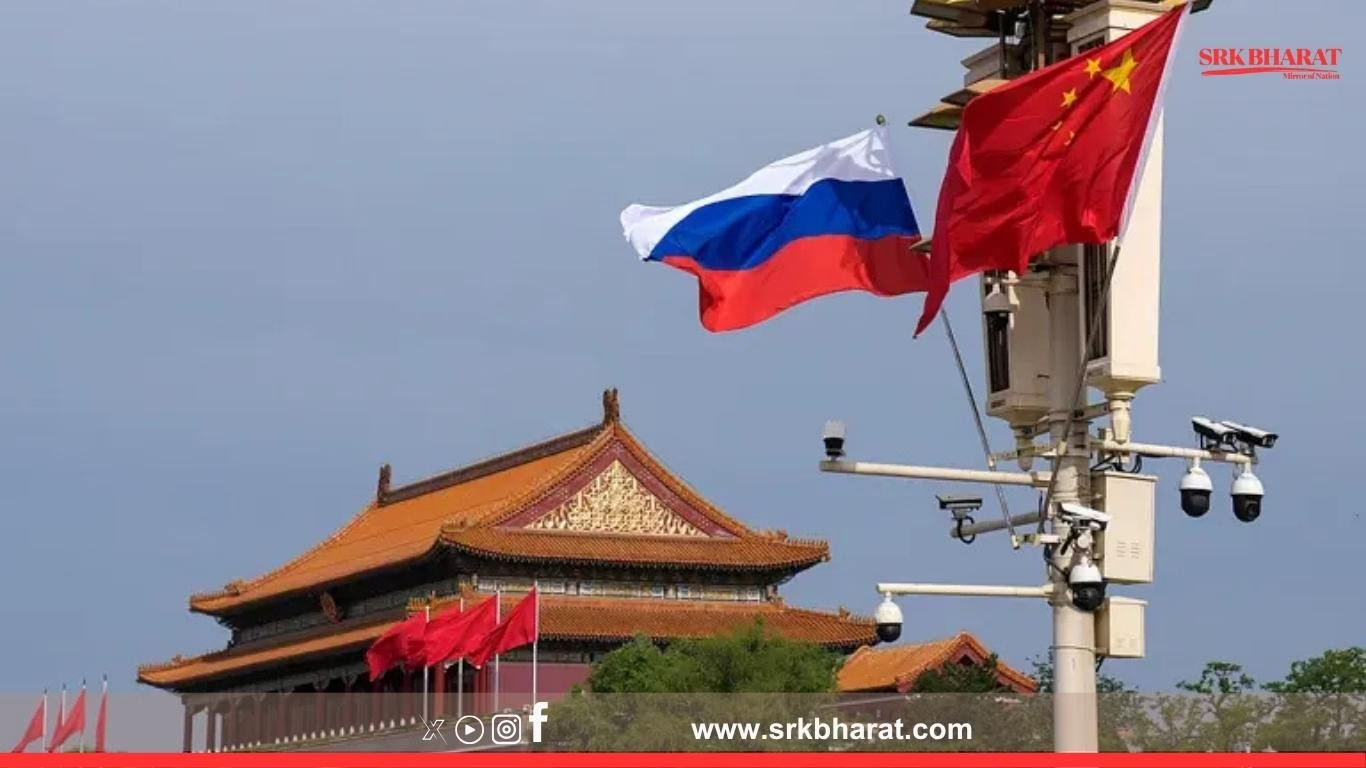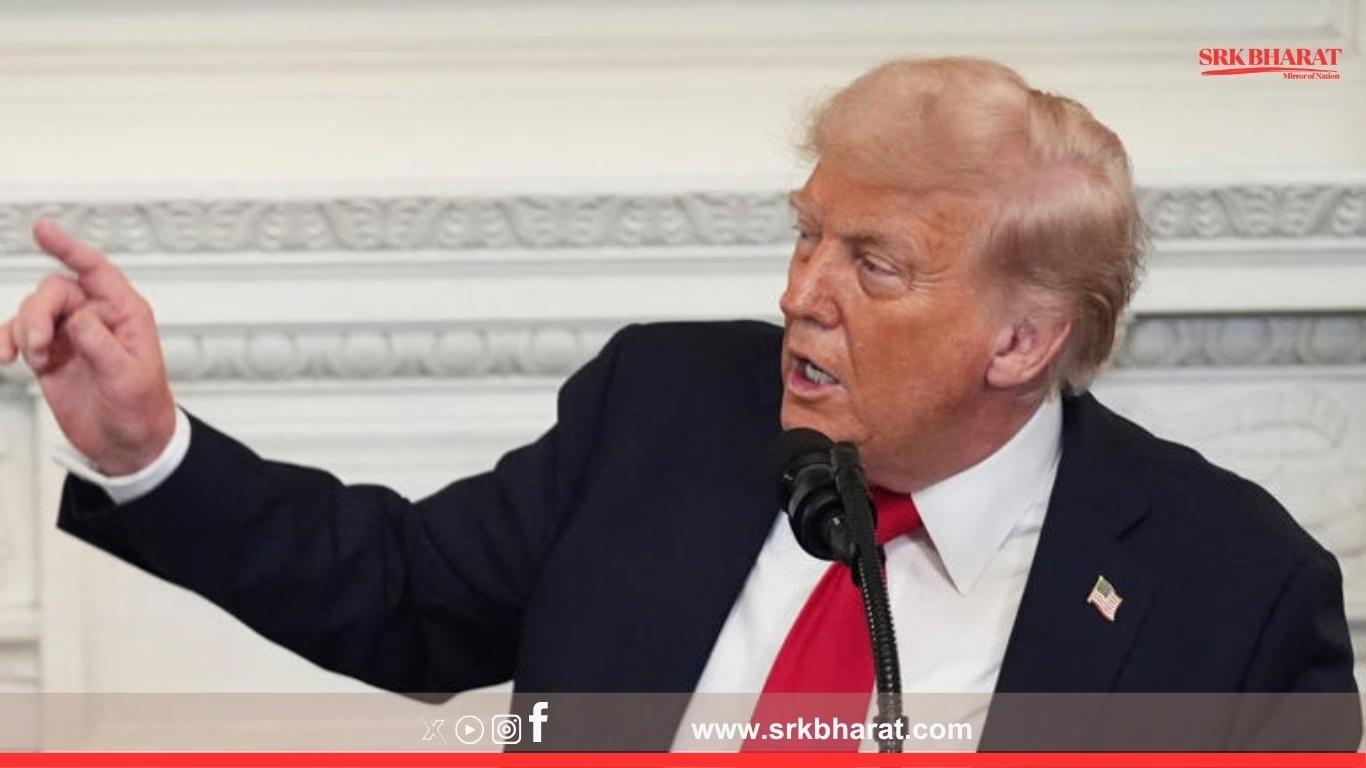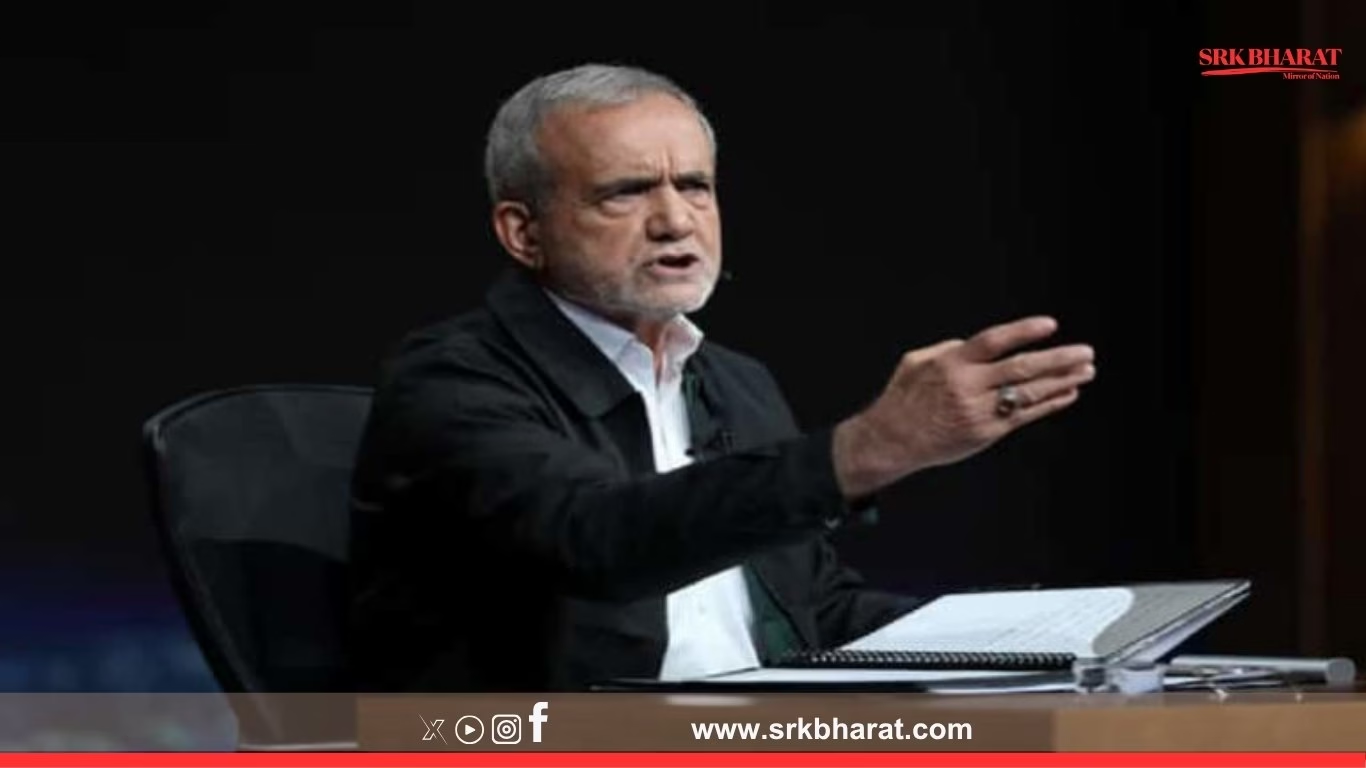India and the United States are poised to announce an interim trade agreement before the upcoming July 8 deadline, marking a significant breakthrough in their long-stalled trade negotiations. Government sources indicate that final consultations are underway to iron out last-mile differences, with both sides determined to avoid any escalation in tariff disputes.
Why Is This Trade Deal Important?
The interim trade deal aims to:
- Prevent the imposition of higher reciprocal tariffs threatened by the US if talks failed by July 9
- Restore preferential market access for Indian exporters, especially in labour-intensive sectors
- Deepen strategic economic cooperation between two of the world’s largest democracies amid shifting global supply chains
Key Elements Of The Interim Agreement
Negotiators have reportedly agreed upon:
- Tariff Relief
- The US is expected to roll back additional tariff hikes on Indian products like textiles, gems, and leather goods.
- India, in turn, will reduce tariffs on select American exports such as almonds, apples, and certain manufactured goods.
- Market Access Commitments
- India seeks greater access for pharmaceuticals, auto components, engineering goods, and IT services.
- The US has pushed for improved access for its dairy and agricultural products, though India has maintained a strong stance on protecting its farmers.
- Digital Trade Discussions
- While full digital trade terms are unlikely in this interim deal, both nations have agreed to form joint working groups to address data localisation, cross-border data flow regulations, and e-commerce taxation in the upcoming comprehensive negotiations.
India’s Red Lines Remain Firm
Finance Minister Nirmala Sitharaman has reiterated that India will not compromise on agricultural market access that could adversely impact domestic farmers. This includes:
- No concessions on genetically modified (GM) crop imports
- No large-scale openings for US dairy products without meeting stringent health and religious standards
Timeline Leading To The Deal
| Date | Key Developments |
|---|---|
| June 24-26 | High-level talks in Washington with Commerce Minister Piyush Goyal leading the Indian delegation |
| June 28 | US negotiators agreed to phase out some retaliatory tariffs if India reciprocates in specific sectors |
| July 1-2 | Final round of virtual negotiations to resolve pending tariff discrepancies |
| July 8 | Expected joint announcement of the interim deal |
Potential Economic Impact On India
Analysts suggest that the interim trade agreement could:
- Enhance India’s export competitiveness by avoiding punitive tariffs
- Boost GDP growth by up to 0.3-0.5% annually if trade barriers are further reduced in the final comprehensive deal
- Strengthen India’s position as a reliable alternative in global supply chains, especially as Western economies diversify away from China
Sectoral Benefits Expected For India
| Sector | Expected Benefit |
|---|---|
| Textiles & Apparel | Tariff rollbacks could increase export orders to the US during festive seasons |
| Gems & Jewellery | Removal of additional duties to revive diamond and gold jewellery exports |
| Pharmaceuticals | Improved regulatory recognition to enhance generics exports |
| Auto Components | Lower duties may drive Make-in-India supply chain integration for US automakers |
| IT & Services | Easier market access for professional services and consulting firms |
US Strategic Interests
The United States sees the interim deal as a stepping stone towards:
- Strengthening its Indo-Pacific economic strategy
- Securing commitments on IP protection, digital trade, and future market liberalisation
- Counterbalancing China’s regional influence by aligning supply chains with India and other Quad members
Domestic Political Considerations
- In India: Farmer unions and opposition parties have warned the government against compromising agricultural and dairy sector interests. Ensuring transparency in final terms will be crucial for public confidence.
- In the US: With upcoming election campaigns, the Biden administration is eager to showcase a win in trade diplomacy while ensuring American producers benefit from any tariff reductions.
Industry Reactions In India
Leading industry associations have welcomed news of an impending deal:
- FICCI called it a “critical relief” for exporters battling global demand slowdowns.
- CII emphasised the need for faster follow-up to convert the interim deal into a comprehensive Free Trade Agreement (FTA).
- ASSOCHAM urged negotiators to prioritise skill mobility and digital trade in the next phase.
Next Steps After Interim Deal
- Implementation: Both countries will formally sign and notify the interim deal to their respective trade and customs authorities.
- Comprehensive Deal Negotiations: Expected to begin by September, covering broader areas including digital trade, intellectual property rights, clean energy collaboration, and strategic manufacturing partnerships.
- Strategic Alignment: Defence, technology transfer, and critical mineral cooperation dialogues will run in parallel with trade negotiations.
Expert Analysis
Trade analysts view the interim agreement as a “trust-building measure” rather than a full economic transformation.
Dr. Harsh Pant, a strategic affairs expert, noted:
“While this deal will provide immediate relief to exporters, the real challenge will be negotiating a comprehensive FTA that balances India’s developmental priorities with US expectations on market access, environmental standards, and digital policies.”
Final Thoughts
The anticipated announcement of an interim trade deal between India and the United States before July 8 underscores a renewed focus on economic pragmatism amid volatile global geopolitics. It marks the beginning of what could be a long but mutually rewarding journey towards a comprehensive trade partnership capable of reshaping bilateral ties and regional supply chains for years to come.



